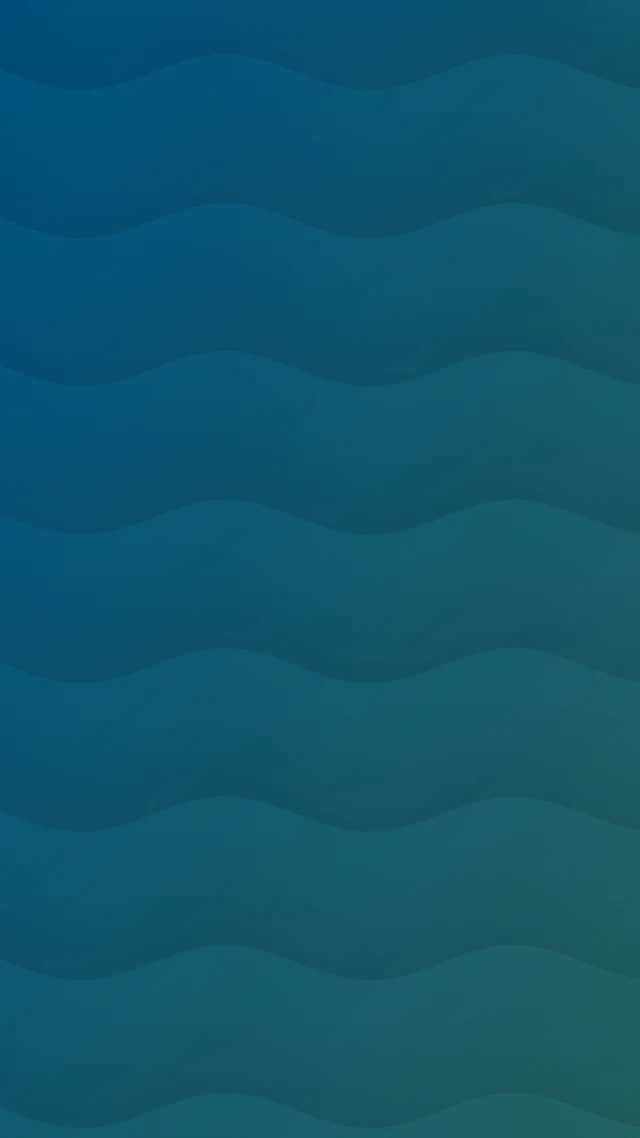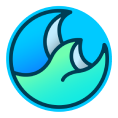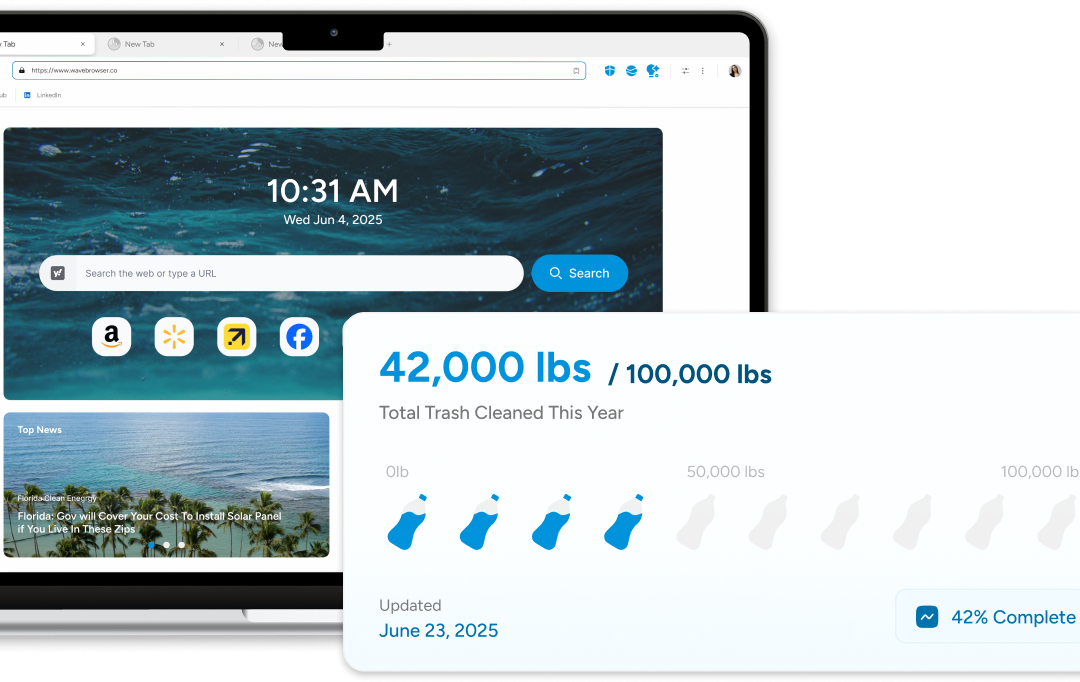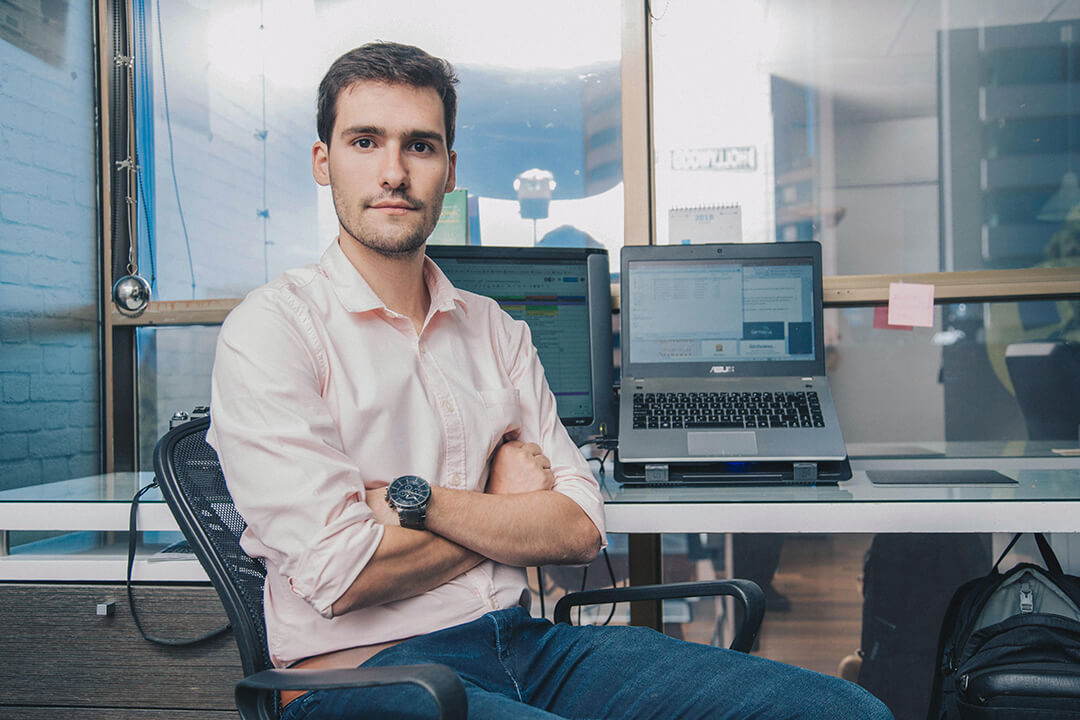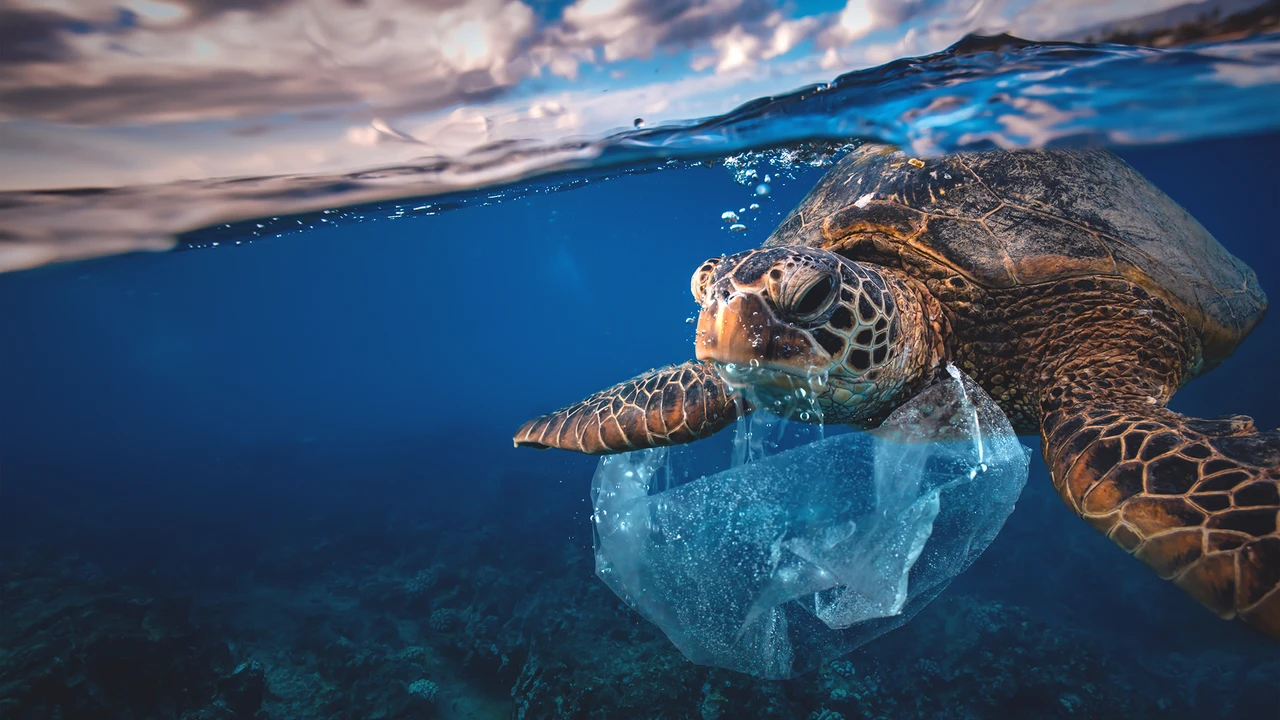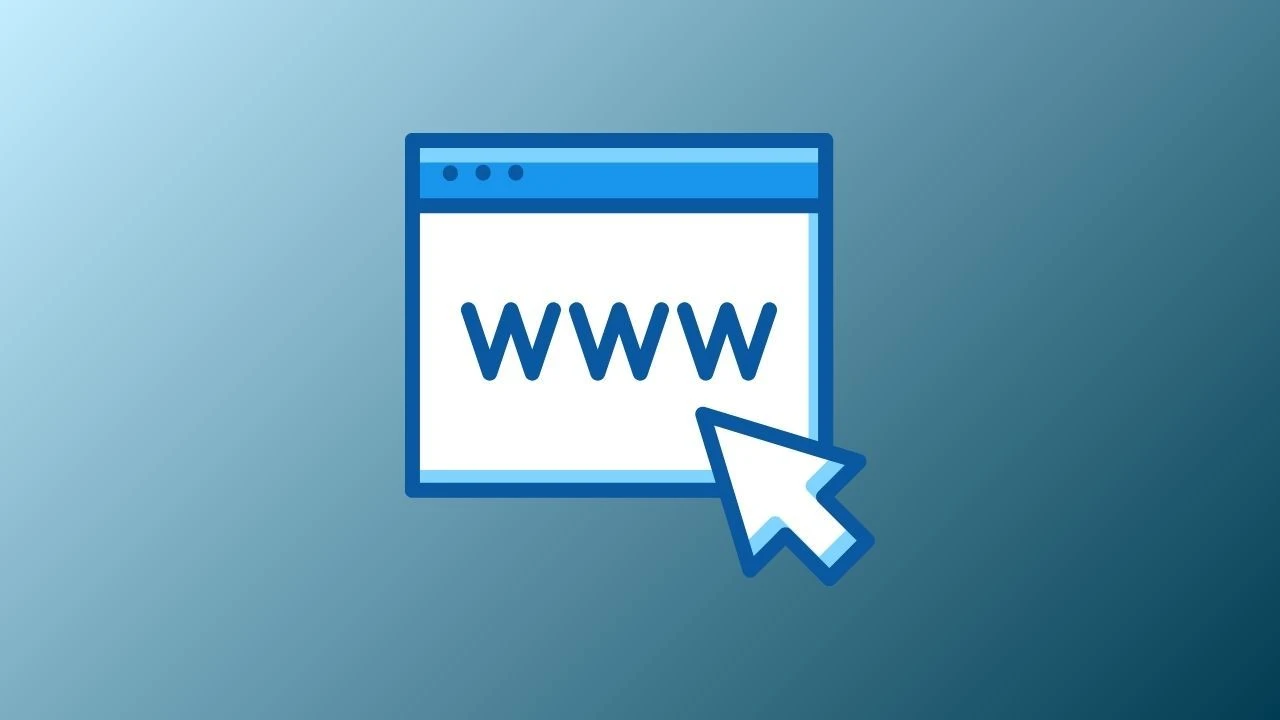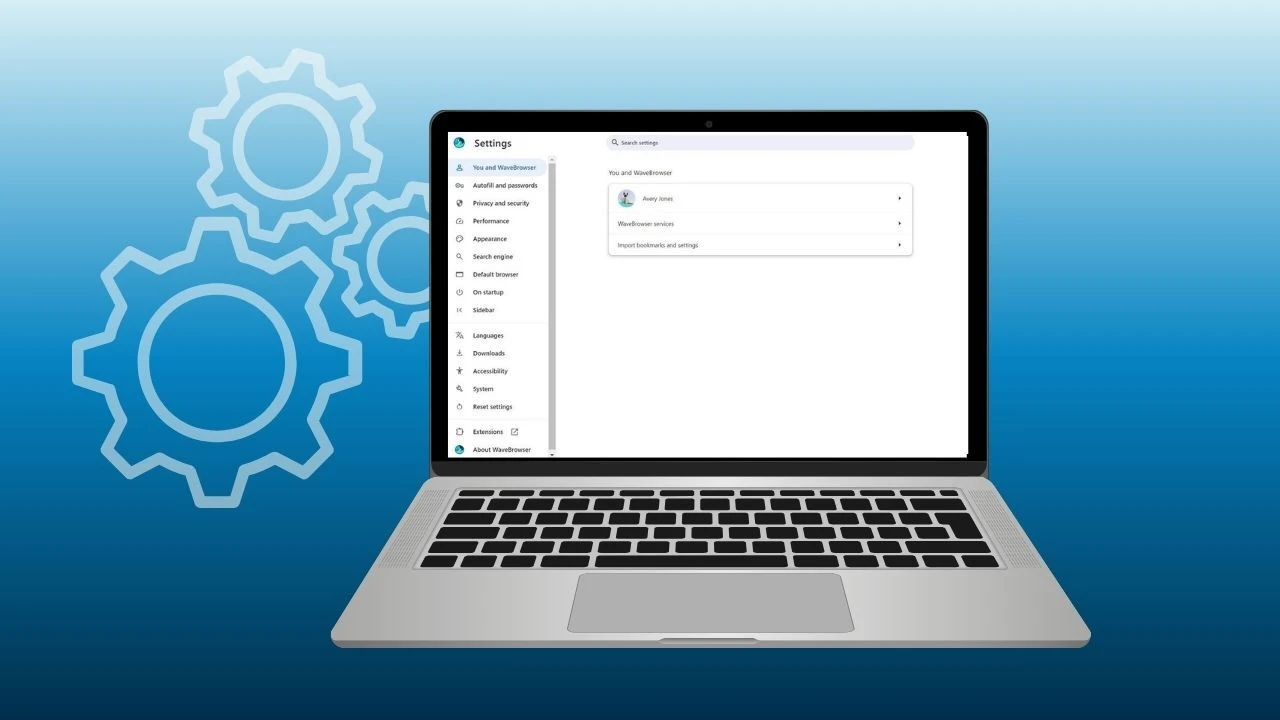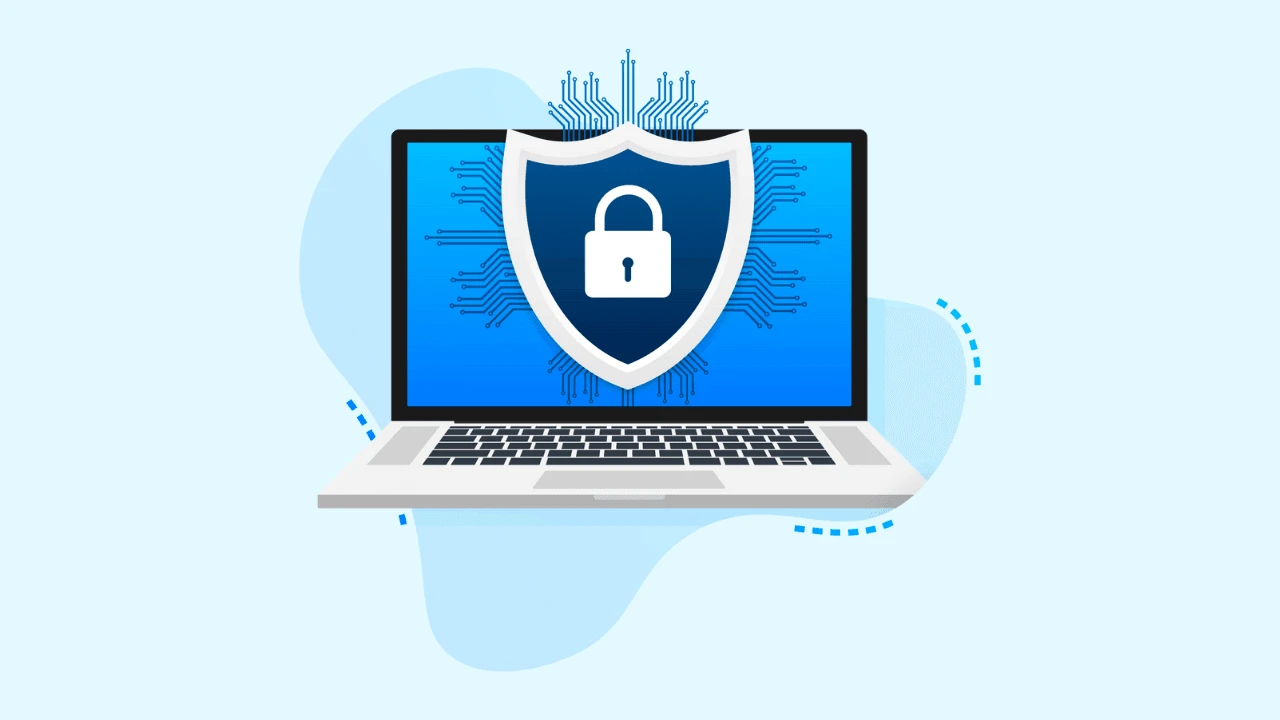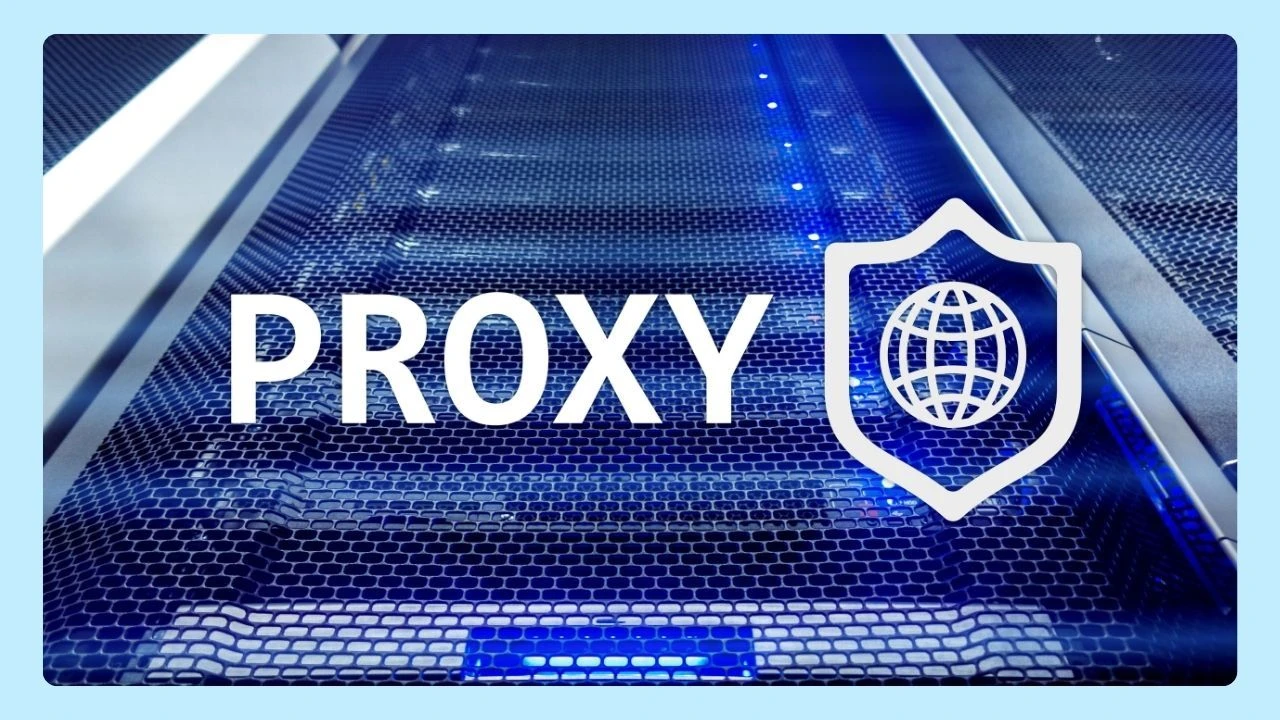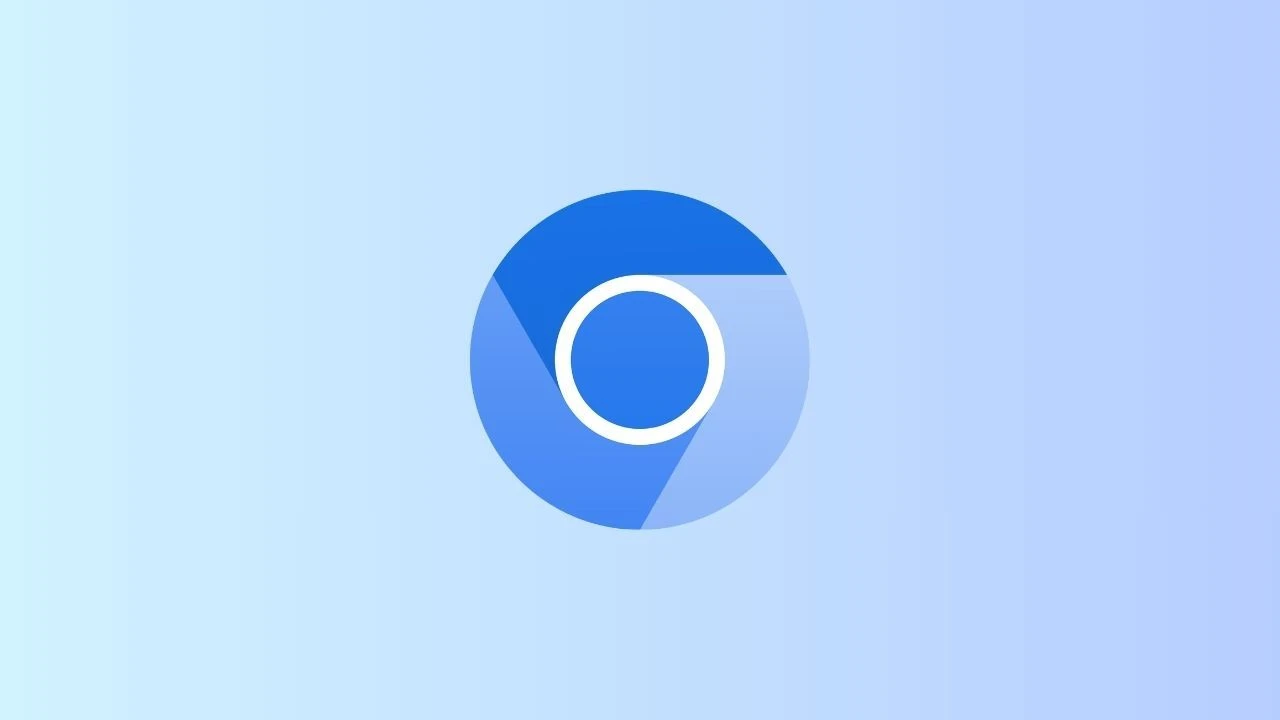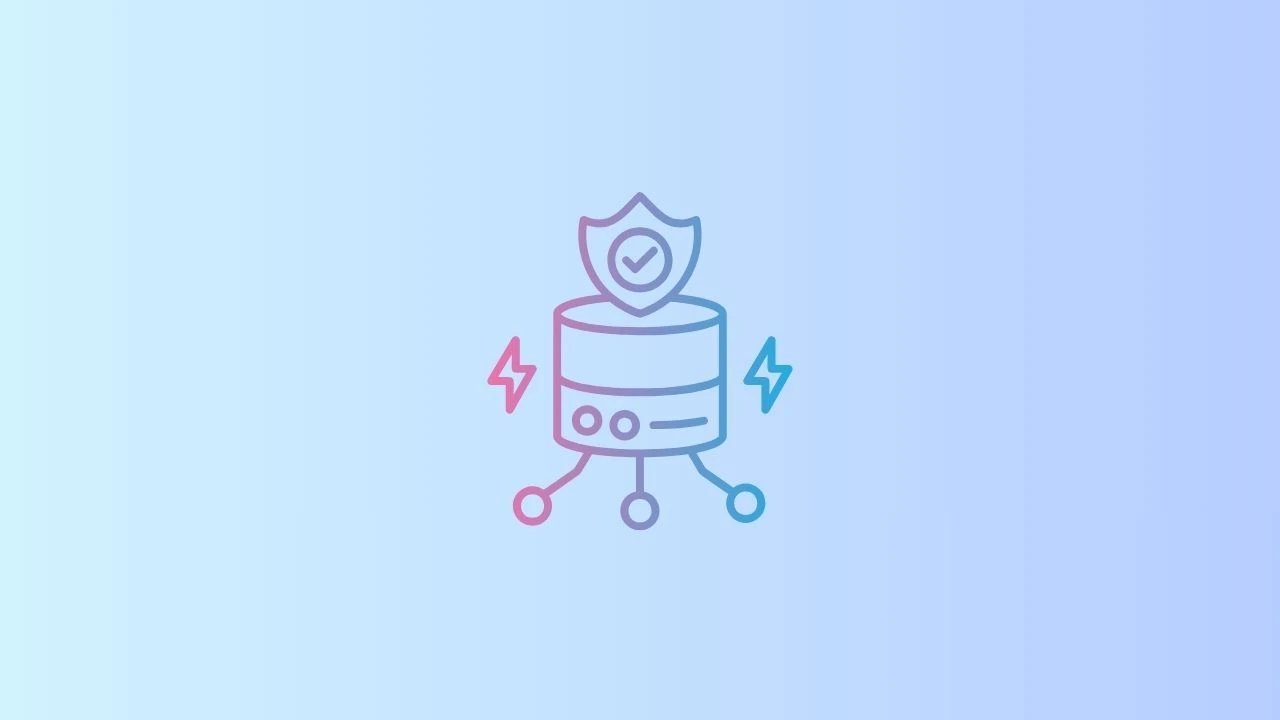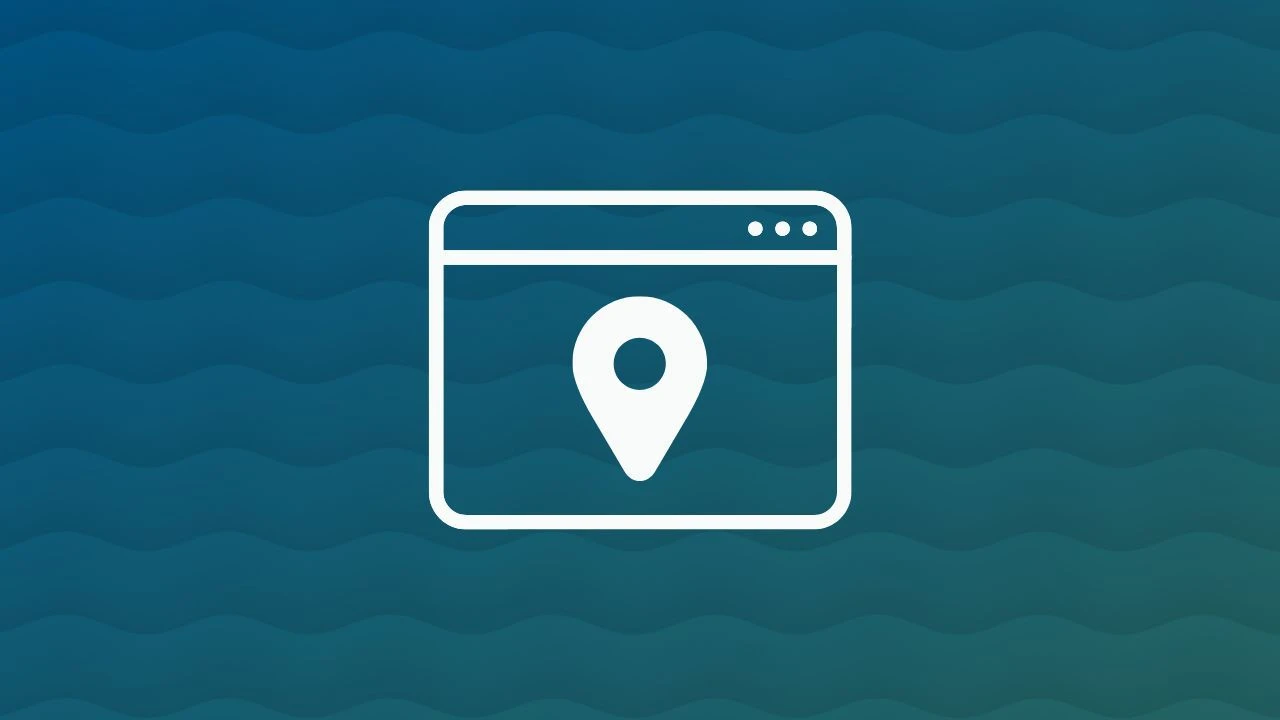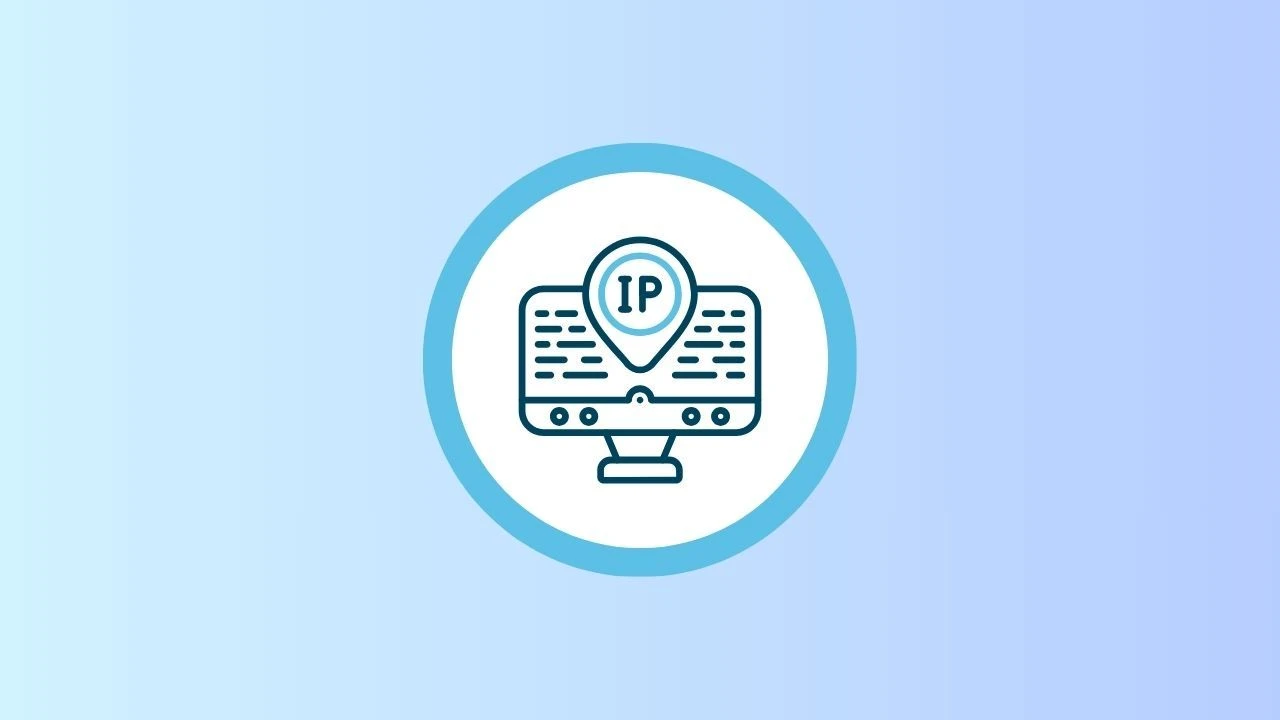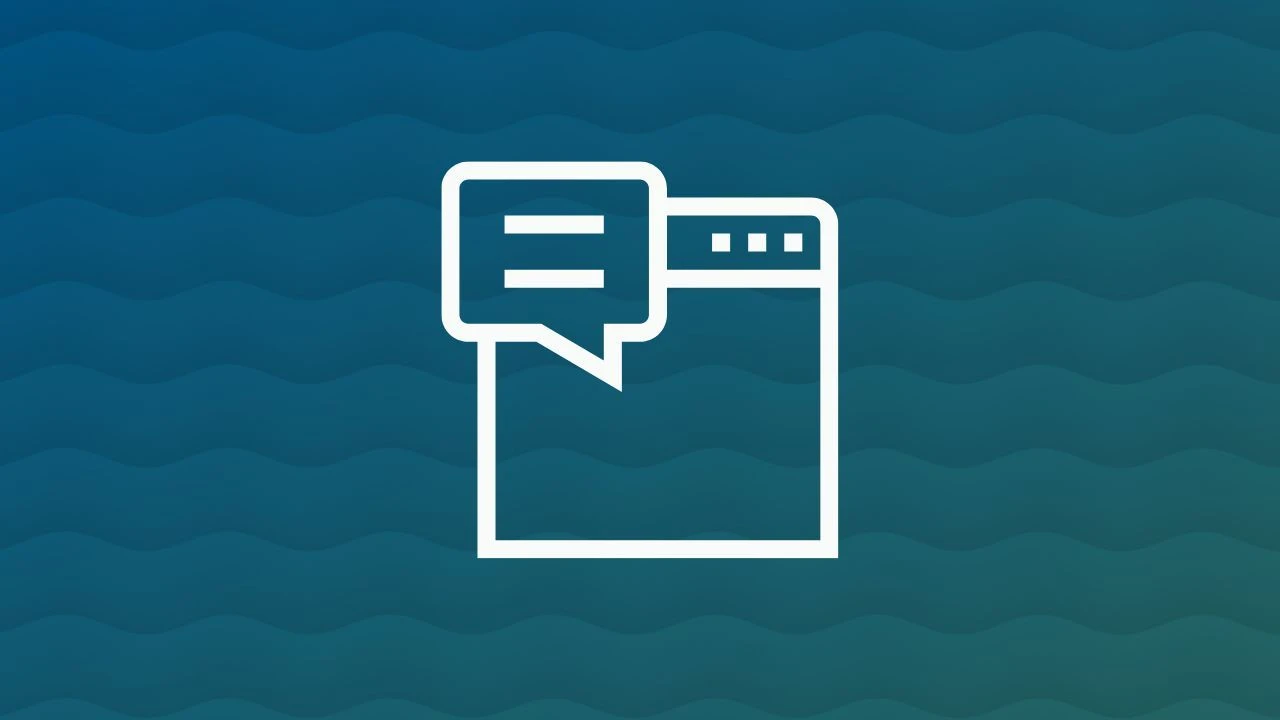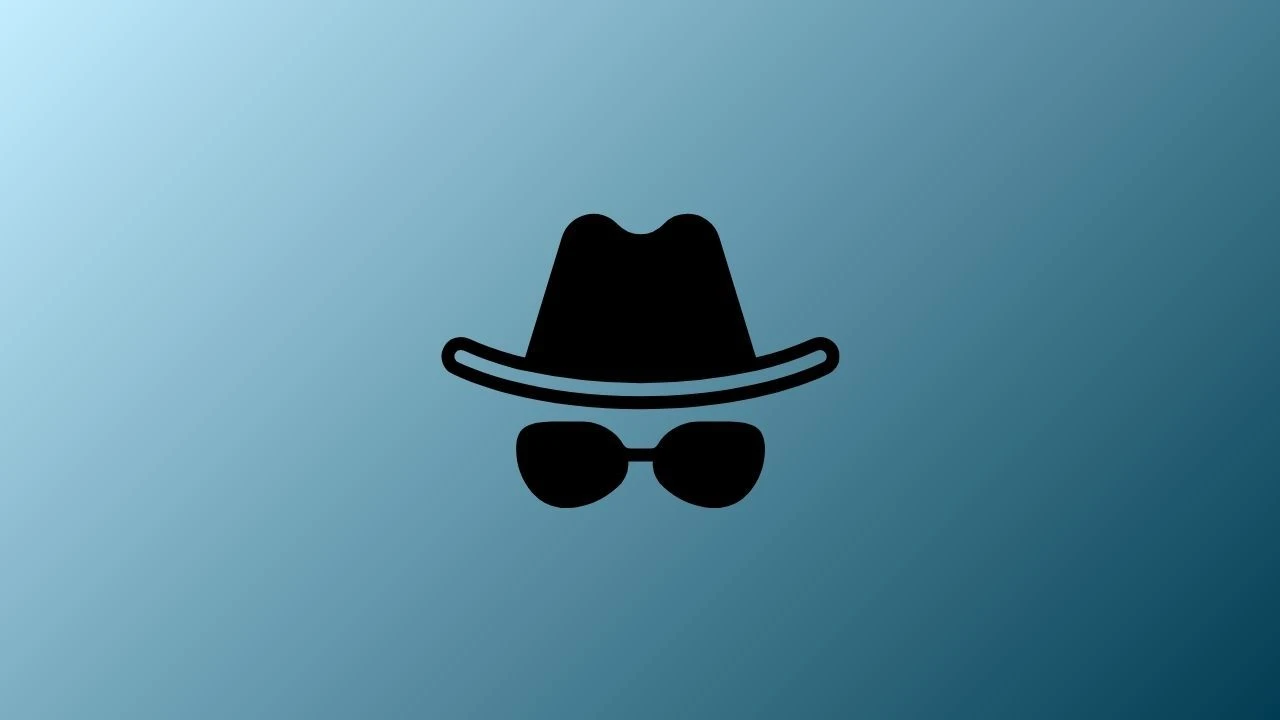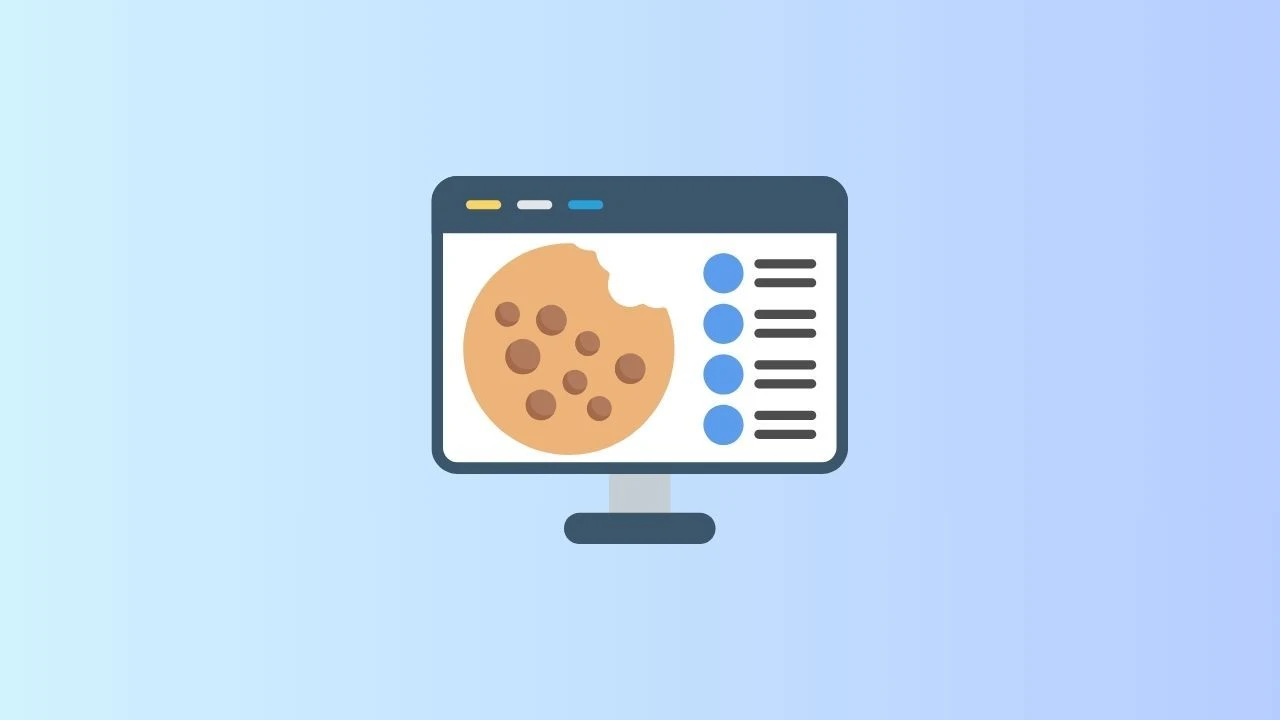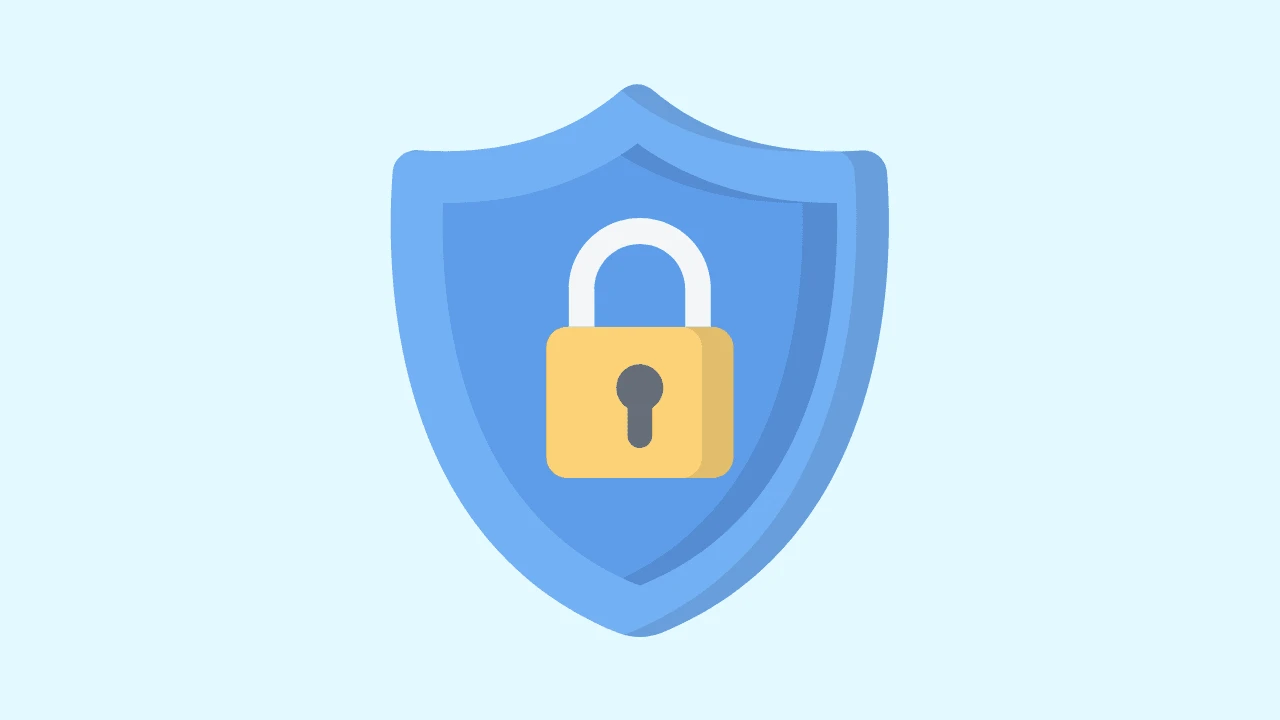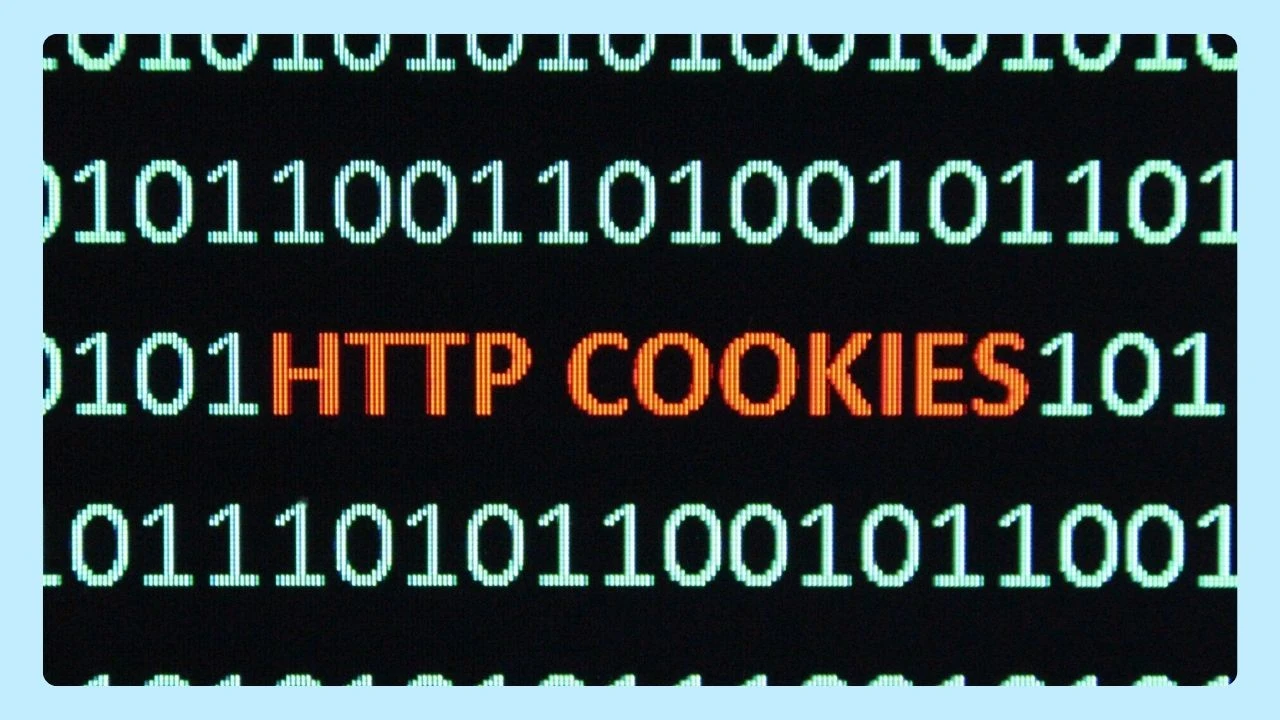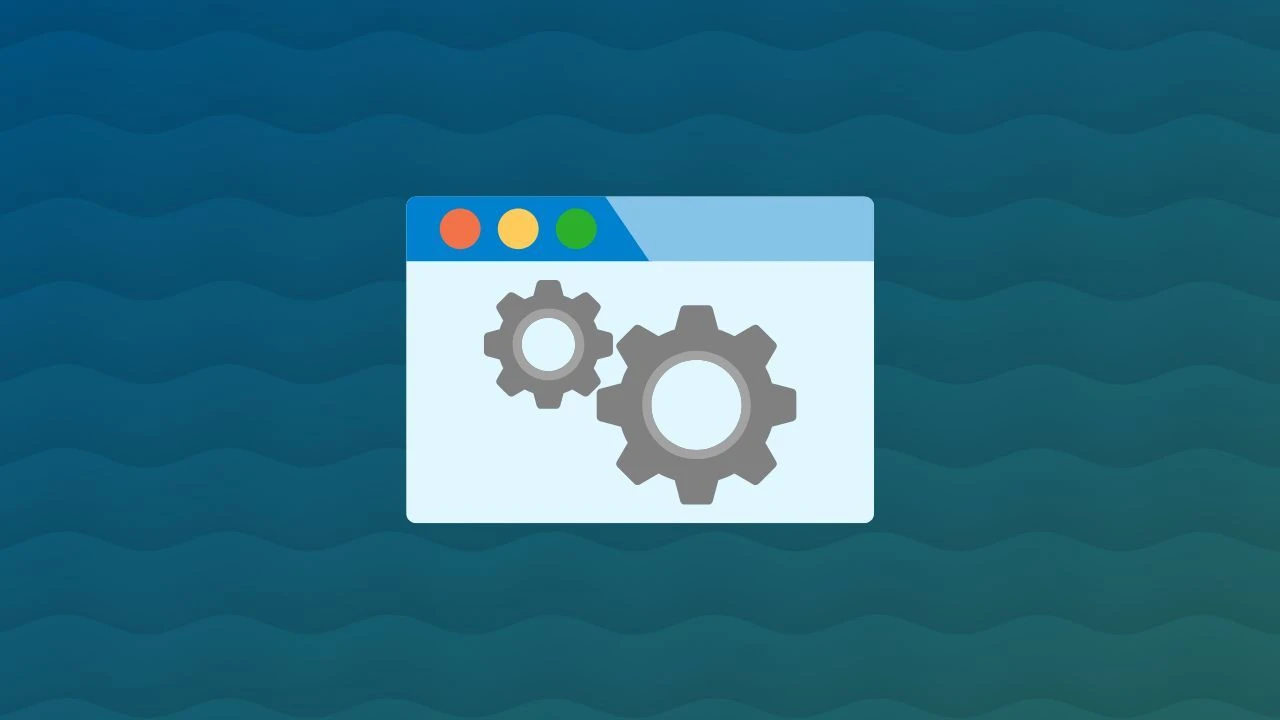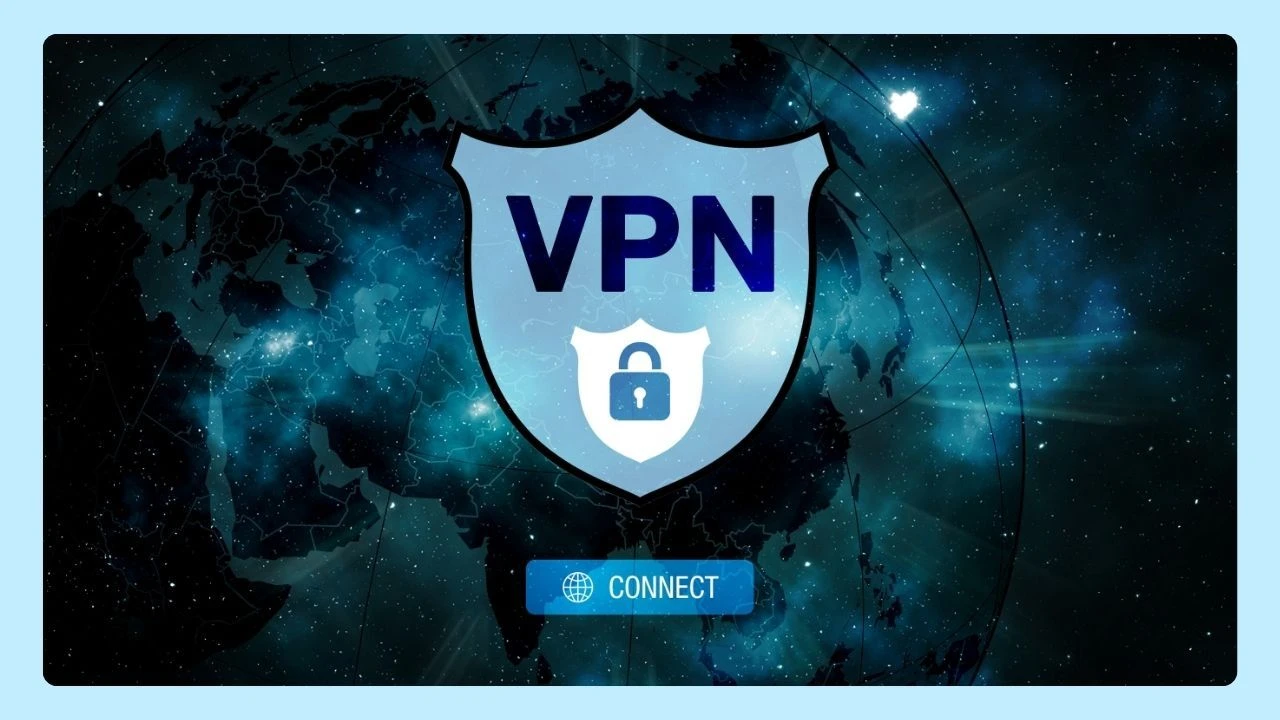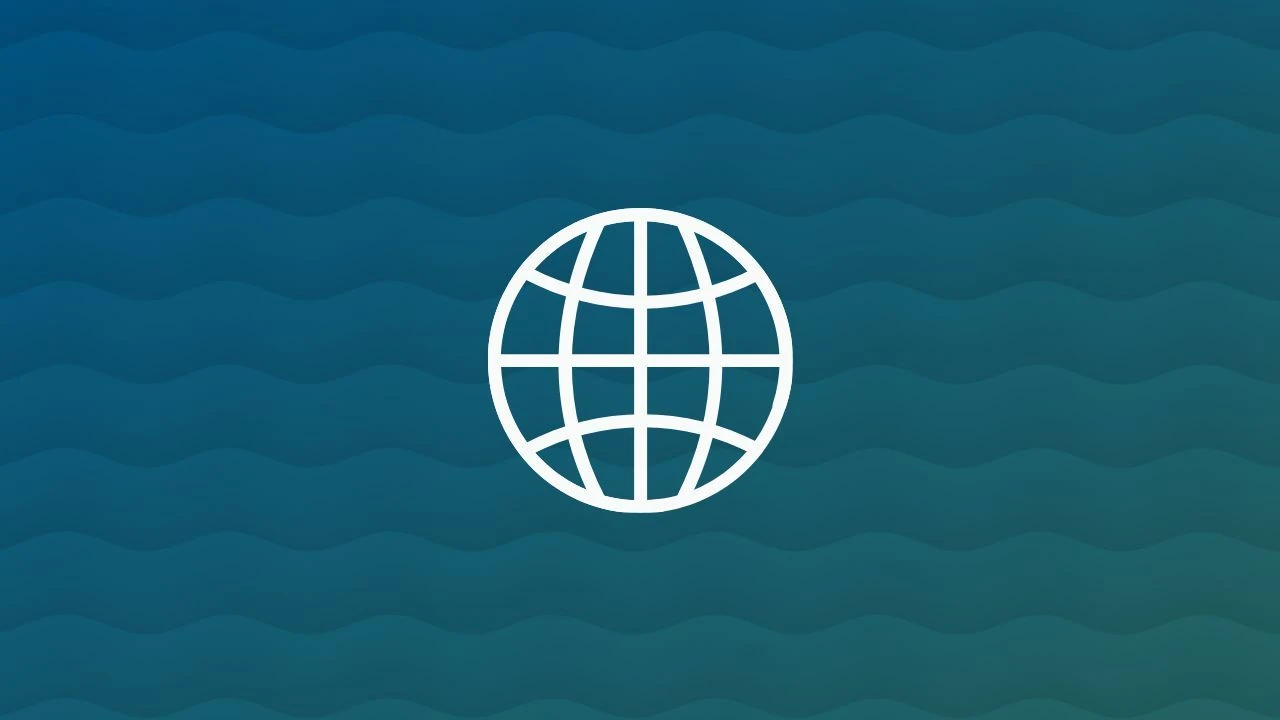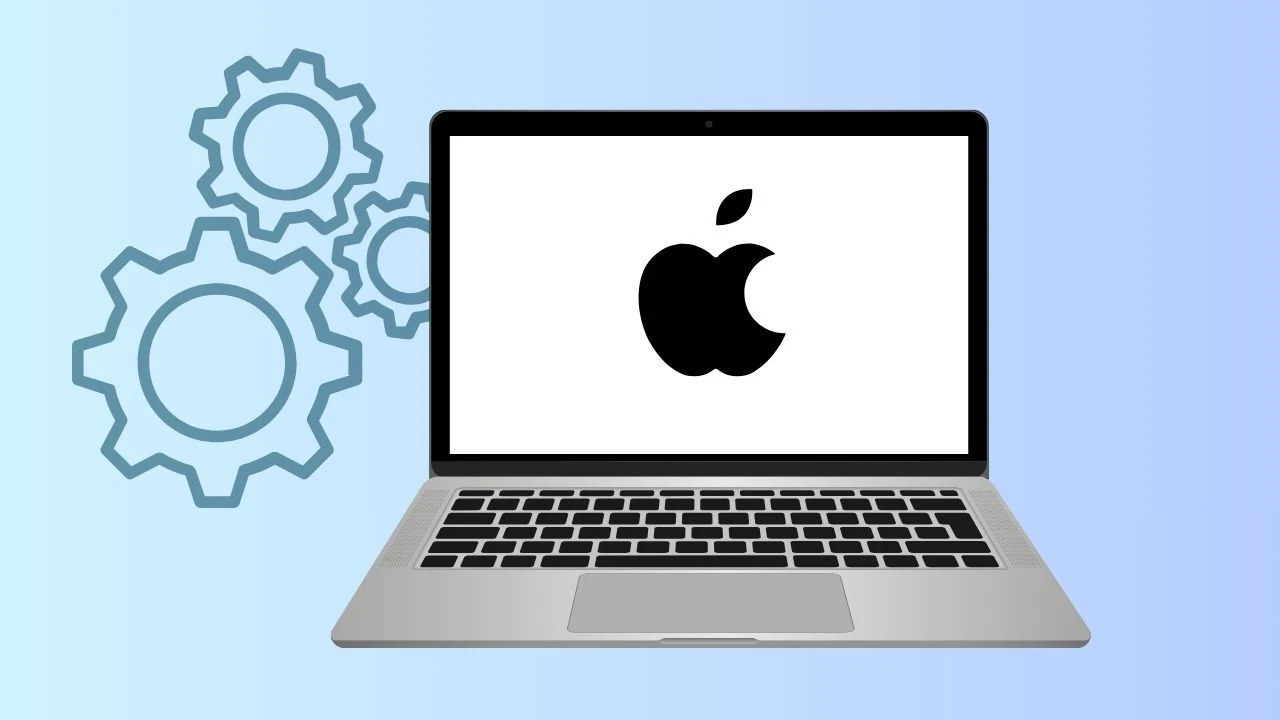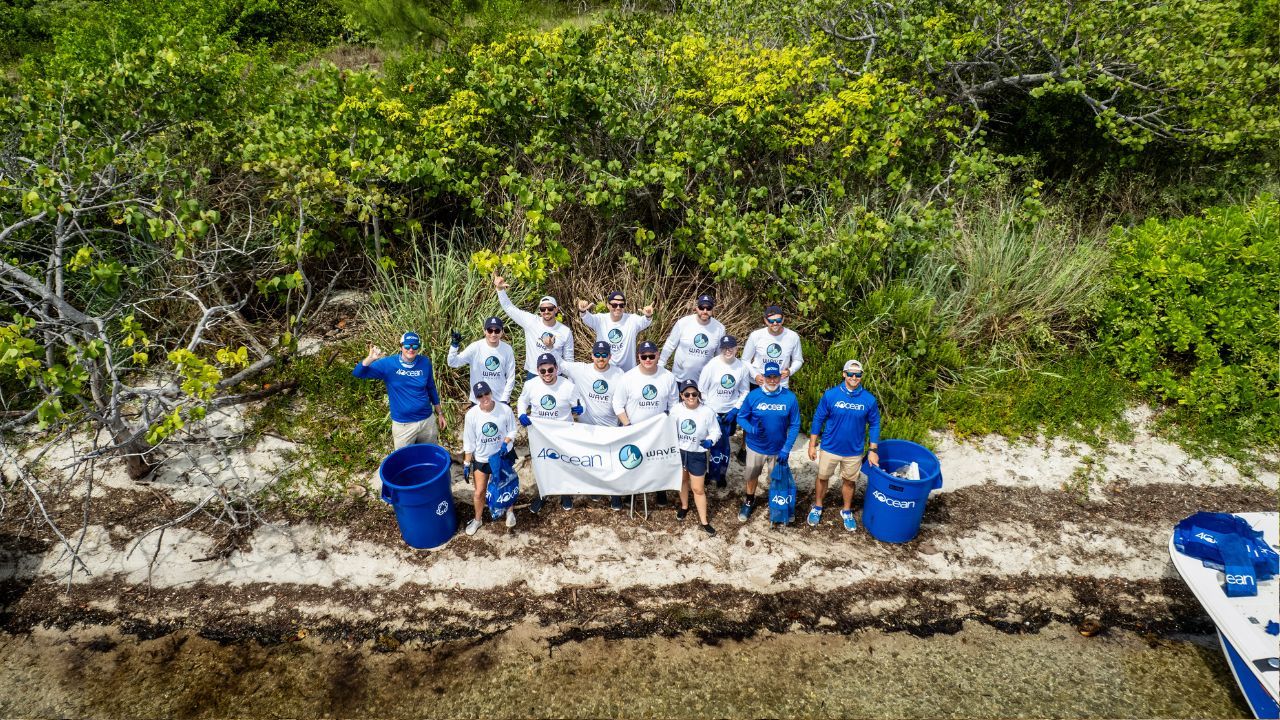
40,011 pounds. That’s how much ocean, river, and coastline trash Wave Browser users helped remove in just three months. Enough to fill more than 1,800 household trash bins. Every click, tab, and browsing session using Wave Browser fuels this mission.
This quarter’s cleanup work, fully verified through our partnership with 4ocean, shows just how big an impact everyday browsing can have.
Where the Cleanup Happened
Between October 1 and December 17, 2024, 4ocean in partnership with Wave Browser, conducted 59 cleanup operations across Indonesia. The focus areas were the Pang Pang River, Simbar River, and Samblong, each a critical link in the fight against plastic and trash pollution.
- Pangpang River: Flowing through coastal agricultural communities, the Pang Pang River serves as both a water source and a drainage channel. Unfortunately, trash and plastic waste from upstream villages and markets often gets carried into the river, eventually spilling into the Bali Sea. Cleanups here help protect nearby coral reefs and fishing grounds that local families rely on.
- Simbar River: This smaller but heavily impacted river connects rural areas to coastal mangroves. These mangroves act as natural filters and storm barriers, but their roots often trap large volumes of floating debris. Clearing this waste helps restore the mangrove ecosystem and safeguards the nurseries for countless fish and crustacean species.
- Samblong: A coastal area known for its beaches and traditional fishing culture, Samblong suffers from seasonal surges in trash and plastic waste, both locally generated and carried by ocean currents from other islands. Cleanup efforts here not only protect marine wildlife—like sea turtles and shorebirds—but also preserve the community’s tourism appeal and economic livelihood.
These waterways are more than just cleanup sites—they are lifelines for local communities and biodiversity hotspots. By preventing trash from entering the ocean at these key points, Wave Browser’s impact extends far beyond the shoreline, helping to save the ocean for future generations.
Wave Browser users help make this possible, just by browsing. Thank you.
Turning Trash into Change
Every pound collected goes through a meticulous process:
Step 1 – Sorting and Shredding
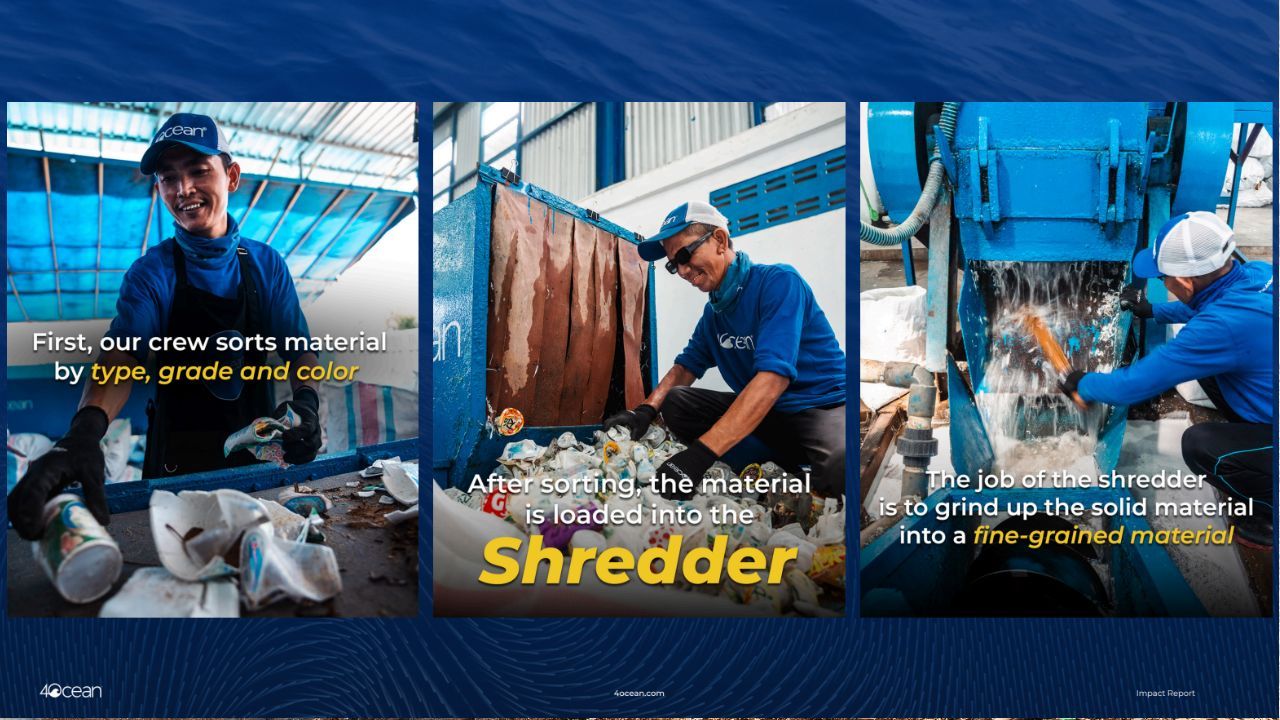
The cleanup crew begins by sorting collected material by type, grade, and color. Once separated, the items are loaded into an industrial shredder, which grinds them into a fine-grained material ready for further processing.
Step 2 – Washing and Preparing for New Products
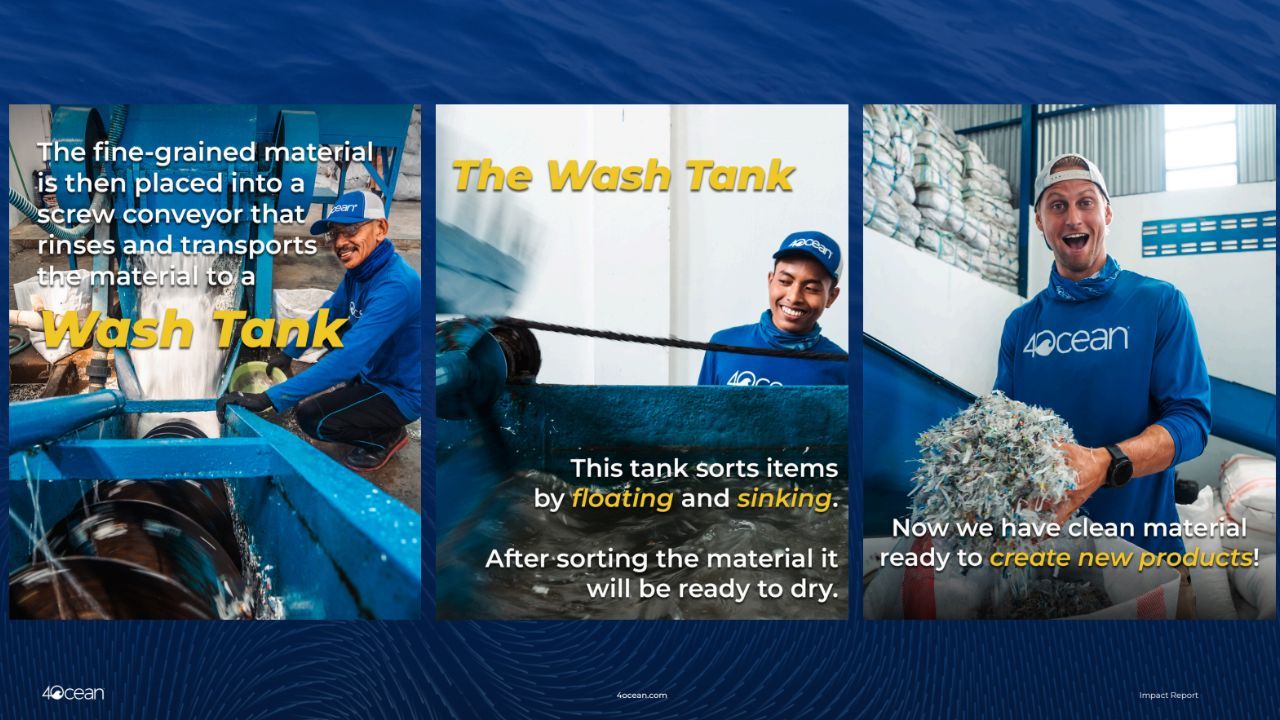
The shredded material is moved via a screw conveyor into a wash tank, where items are sorted by floating and sinking. After cleaning and drying, the recycled material is ready to be transformed into new products, giving waste a second life.
This ensures the waste isn’t just removed—it’s processed into recycled ocean plastic and repurposed into new products, cutting the need for virgin materials and helping close the loop on pollution.
Real-World Impact from Your Browser
Each time you open a tab, block an ad, or simply browse securely with Wave Browser, you’re helping fund tangible environmental action. The 40,011 pounds pulled this quarter aren’t just numbers—they represent cleaner coastlines, reduced beach pollution, healthier ecosystems, and hope for endangered marine life.
See the real difference we’re making together. Read the Wave Browser Q1 Impact Report and explore our verified ocean cleanup results.
Stories from the Front Lines
The cleanup crews face more than just plastic and trash—they’ve rescued trapped wildlife, unclogged irrigation channels vital to farmers, and braved stormy conditions to reach heavily polluted beaches.
These stories remind us that our collective actions—no matter how small—add up to something extraordinary.
Together, we’re making every click count. And this is just the beginning.
If you liked learning about Wave's mission and want to hear more, Watch Wave Browser's interview with 4ocean to learn how tech can help save the planet.
